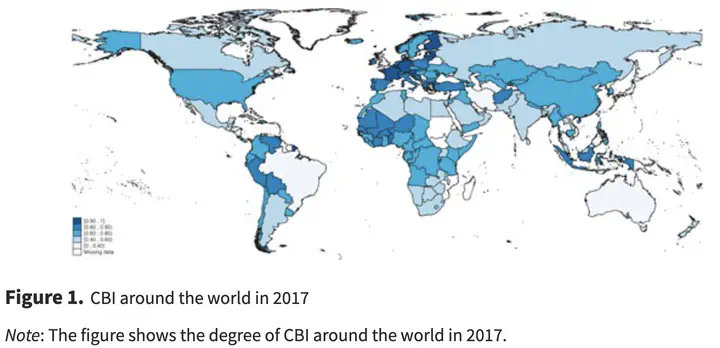The political economy of reforms in Central Bank design: evidence from a new dataset
 🏛️ The political economy of reforms in Central Bank design
🏛️ The political economy of reforms in Central Bank designAbstract
What explains the worldwide changes in central bank design over the past five decades? Using a new dataset on central bank institutional design, this paper investigates the timing, pace and magnitude of reforms in a sample of 154 countries over the period 1972–2017. I construct a new dynamic index of central bank independence (CBI) and show that past levels of independence, as well as regional convergence, represent important drivers of changes in central bank design. An external pressure, such as obtaining an IMF loan, or political events, such as democratic reforms and the election of nationalistic governments, also impact the reform process. Reforms also follow periods of high inflation rates suggesting an endogenous evolution of CBI. The results also reveal important heterogeneities in the reform process depending on the level of development, the size and direction of reforms, as well as the different dimensions along which central bank legislation can be amended.